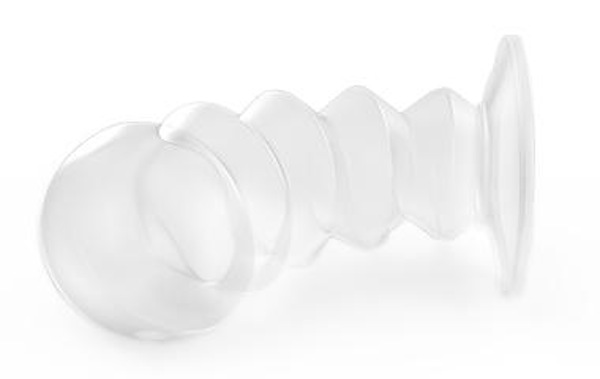|
I was facilitating a workshop for parents the other night, and there was some confusion over the difference between gender and sexual identity. So, I thought I’d do a quick post on some terminology, and share this helpful video that is really simplistic, yet clear, and suitable for most ages. Understanding the differences in gender, sexual orientation, biological sex, and sexual behavior can be legitimately confusing unless you happen to have had a course on gender or sexuality. For example, many people think of gender in a binary way, but it is more widely accepted as a spectrum (1). There is also the issue of intersectionality, where an individual’s gender identity meets their sexual identity (2), highlighting the importance of considering the nuances of identity and not trying to simply put people in clearly marked boxes. Then, there is the whole issue of sexual behavior. For example, some heterosexually-identified women kiss or engage in other sexual behavior with other women (3), and like the video suggests, some heterosexually-identified priests don’t engage in any sexual behavior. Therefore, sexual behavior does not determine sexual identity. In sum, not everyone agrees on the best terminology to use, but here are some terms that are pretty widely accepted with definitions mostly from GLAAD:
Sex: The biological classification of people as male or female. At birth, infants are typically assigned a sex based on a combination of internal and external genitalia and in some cases, chromosomes.
2 Comments
I’ve been thinking a lot about the word ‘girl’ lately. Especially since I saw a new marketing campaign for an engineering toy for girls, Goldiblox, go viral. I thought the advertisement was cleaver and fun to watch. What got me thinking, was the disappointment and concern over Goldiblox being too “girly”, “girlified”, or “girlish”. The fear seems to be that Goldiblox will reinforce gender stereotypes. I do not have this fear. The only thing Goldiblox has done is add much-needed variety to toys that are marketed to girls. Since the 80s, girls have mostly been marketed princess and pink. The backlash to the “pinkification” of girls’ toys has come mostly in the form of mothers encouraging their daughters to abandon the “girly-girl” and get “tough” through sports and “smart” through engineering and math. Consequently, the message became girls who like princesses or pink can’t be tough or smart. That being “girly” is not being tough or smart. Therefore, girls aren’t tough or smart.
Ok folks, I am predicting that Origami Condoms will revolutionize safe sex. Currently, Danny Resnic, has conducted four clinical trials through NIH-funded grants as well as support from the Bill & Melinda Gates Foundation to test three types of condoms: a male condom, a female condom and a specialized anal condom which, if it passes, will be the first condom approved for anal sex by the US Food and Drug Administration. What else makes these condoms different? They are made of silicone instead of latex, which means they are better at resisting viruses and bacteria and they provide more pleasurable sensation (1)! Why does that matter? News flash: Research indicates that men do not like to use condoms, mostly because it feels better to have sex without one (2). Among men who do use condoms, many remove the condom before they orgasm (3), often due to a reduction in sensation and loss of an erection (4). The experience of a loss of an erection is very embarrassing (5), and what do we do when we get embarrassed? Avoid every possibility that embarrassment will happen again. Thus, reducing the likelihood of using a condom again.
A documentary called Porn on the Brain aired in the UK, but you can watch it on YouTube for a limited time. I recommend it, but there are some intense images and subject matter, so keep that in mind before watching. Like all documentaries, there is an agenda. However, I think this documentary’s agenda is more than reasonable. To me it seems that they have highlighted what a lot of folks know to be true: Internet pornography is not the same as the pornography from "back in the day" and use of it in adolescence is pervasive. Yet, no one is talking about it.
Earlier this week, Kimberley Hall, a mom, wrote a blog post in the form of a letter to her sons’ female friends who were posting sexual pictures of themselves on social media outlets. This letter went viral. I posted it on my Facebook account and received a huge response to the post. I decided to look at it more deeply and came up with 10 things I think we can learn from what wasn’t said in Kim’s letter to teenage girls:
|
About this Blog:I'm here to help us discuss sexuality, gender, and media by integrating information from academic and mainstream sources. I hope this resource produces more sexually competent people who raise sexually competent kids. Categories
All
|



